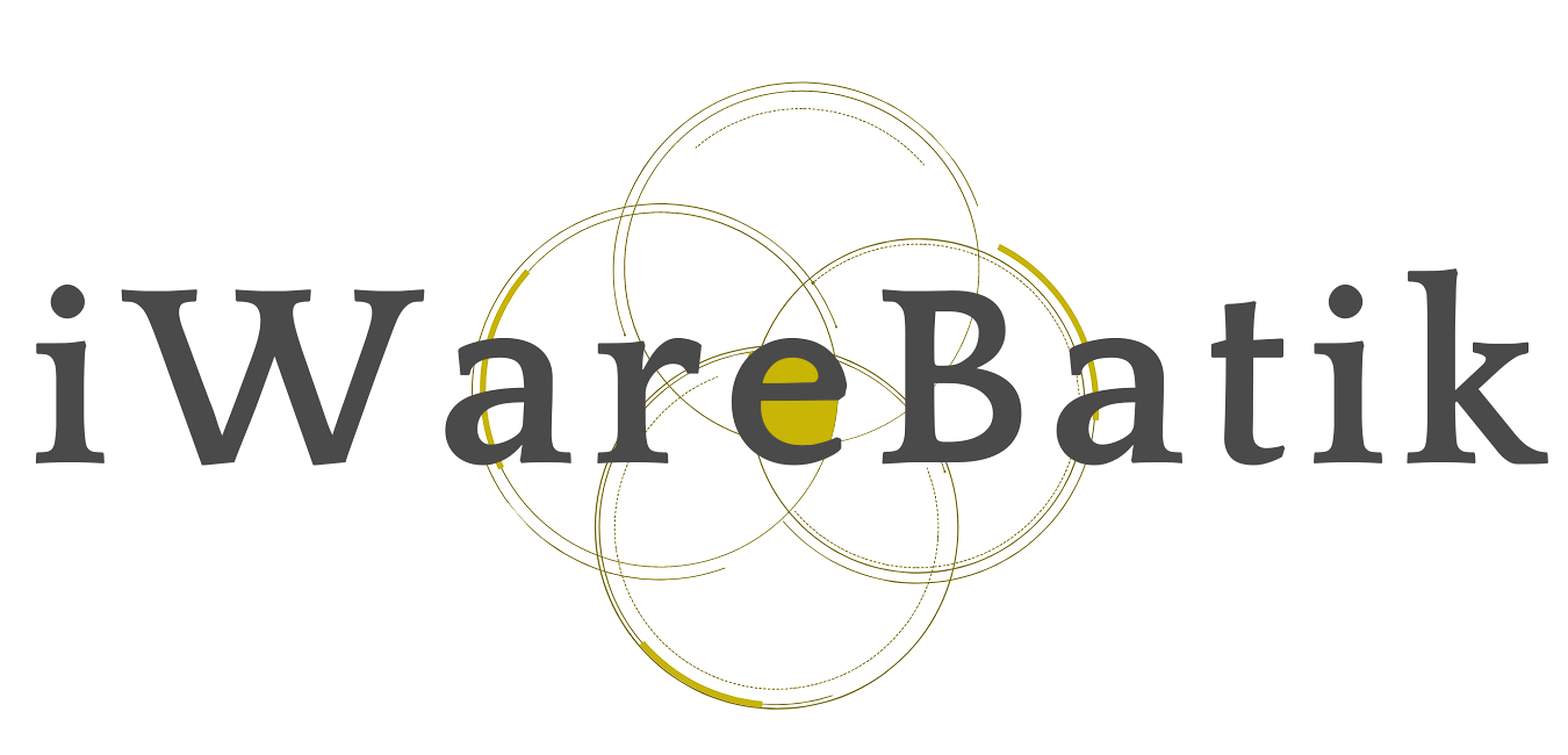Central Java is an Indonesian province located in the central part of Java Island. The capital city is Semarang. The province is bordered by West Java Province in the west, the Indian Ocean and Yogyakarta Special Region in the south, East Java in the east, and the Java Sea in the north. The area is 32,548 km² with a total population of 34.26 million inhabitants. The major population is Muslim (96.28%), Protestant Christians (1.91%), Catholics (1.42%), Hindus (0.20%), and Buddhists (0.18%)
Since the seventh century, several Hindu Buddhist kingdoms existed in this region, namely: the Buddhist Kingdom of Kalingga in Jepara, founded in 674 AD. Later in 732 AD, the Sanjaya Hindu Dynasty ruled the region. Under the rule of the Sanjaya Dynasty (717-760), Sanjaya King built the biggest Hindu temple, called Prambanan Temple. In 1991, Prambanan Temple was designated as UNESCO World Heritage Sites as the largest temple compound dedicated to Shiva in Indonesia. Central Java also has traces of the Mataram Buddhist Syailendra Dynasty (760-856), the successor to the Sanjaya Dynasty. During the reign of the Syailendra Dynasty, Borobudur Temple was built in the 9th century. Borobudur Temple is the largest Buddhist Temple in the world and was inscribed as a UNESCO world heritage site in 1991.
During the 10th-16th century, Central Java became the territory of two major dynasties in southeast Asia, namely the Srivijaya dynasty and the Majapahit kingdom. Since the 16th century, Central Java was under the influence of Muslim kingdoms such as the kingdom of Demak, Pajang, and the kingdom of Islamic Mataram.
Central Java, has not only the most famous interesting tourist attractions in the whole world, namely the Borobudur Temple in Magelang and Prambanan Temple, which is located in the Special Region of Yogyakarta, but it also has other famous Hindu shrines such as, Mendut Temple, Pawon Temple, Arjuna Temple, Gedong Songo temple, and ancient colonial buildings. Like other provinces in Indonesia, Central Java has a traditional house called the Joglo house and a traditional weapon in the form of a dagger, called Keris. The keris has been inscribed as a UNESCO Intangible Cultural Heritage for humanity in 2008.
There are also several cultural park and museums, such as Puri Maerokoco (Taman Mini Central Java), Indonesian Record Museum (MURI), Central Java Museum Ranggawarsita, and other traditional and well-preserved cultural villages, including batik villages and keris villages spread across the region.
